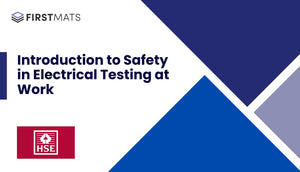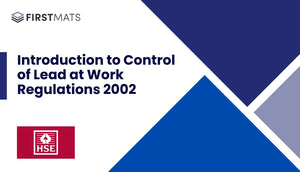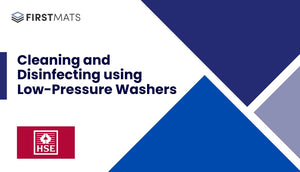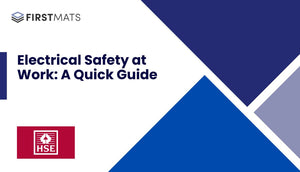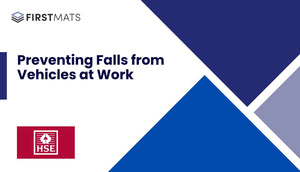Article Index:
Introduction
This article provides a simplified overview of the Lifting Operations and Lifting Equipment Regulations 1998 (LOLER) as detailed in the Health and Safety Executive (HSE) document INDG290(rev1). This guide is designed to help employers understand their responsibilities under LOLER and how to protect their employees in the workplace. It's also useful for employees and their representatives.
What equipment is covered by the Regulations?
- LOLER covers any equipment used at work for lifting or lowering loads, including attachments used for anchoring, fixing, or supporting it.
- Examples of equipment covered by LOLER include cranes, forklift trucks, lifts, hoists, mobile elevating work platforms, and vehicle inspection platform hoists.
- Lifting accessories such as chains, slings, and eyebolts are also covered.
- If employees provide their own lifting equipment, it must comply with the Regulations.
- LOLER does not apply to escalators, which are covered by the Workplace (Health, Safety and Welfare) Regulations 1992.
Who do the Regulations apply to?
LOLER applies to employers or self-employed persons providing lifting equipment for use at work, or those who have control of the use of lifting equipment. The Regulations do not apply if you provide equipment to be used primarily by members of the public, such as lifts in a shopping centre. However, such circumstances are covered by the Health and Safety at Work etc Act 1974 (HSW Act).
What do the Regulations require?
LOLER requires that all lifting equipment is sufficiently strong, stable, and suitable for the proposed use. It should be positioned or installed to prevent risk of injury, and visibly marked with any appropriate information for its safe use. Lifting operations must be planned, supervised and carried out safely by competent people. Equipment used for lifting people must be marked accordingly and safe for such use. The Regulations also specify requirements for thorough examination of equipment and submission of reports by a competent person.
Why is lifting equipment safety important?
Lifting equipment safety is crucial because working with machinery can pose numerous risks, such as injuries from moving parts, cuts from sharp edges, crush injuries, burns or scalds, electrical shocks, and equipment failure. Poor or no maintenance, or improper use of machines due to inexperience or lack of training, can also lead to equipment failure and potential accidents.
Before you start using lifting equipment
Before using any lifting equipment, consider what risks may occur and how these can be managed. Ensure the equipment is complete, with all safeguards fitted, and free from defects. Produce a safe system of work for using and maintaining the equipment. Ensure the equipment has been installed properly, is stable, and is not in a location where others may be exposed to risk. The equipment should be safe for any work that has to be done during normal use, repairs, and planned maintenance.
Preventing access to dangerous parts
Use fixed guards to enclose the dangerous parts of machinery whenever possible. If fixed guards are not practicable, use other methods such as interlock guards or trip systems. If guards cannot provide full protection, use jigs, holders, push sticks etc. Control any remaining risk by providing the operator with necessary information, instruction, training, supervision, and appropriate safety equipment.
Equipment maintenance
Maintenance of lifting equipment is crucial as it allows faults to be diagnosed early and corrected to manage any risks. LOLER requires lifting equipment to be maintained so that it remains safe and that maintenance is carried out safely. An effective maintenance programme will make equipment more reliable, leading to fewer breakdowns, less dangerous contact with equipment, and better productivity and efficiency.
Conclusion
This article provides a simplified guide to the HSE document INDG290(rev1) on LOLER. Understanding and adhering to these regulations is vital for maintaining a safe working environment when lifting equipment is in use. Always remember, safety should be the top priority in any workplace.


